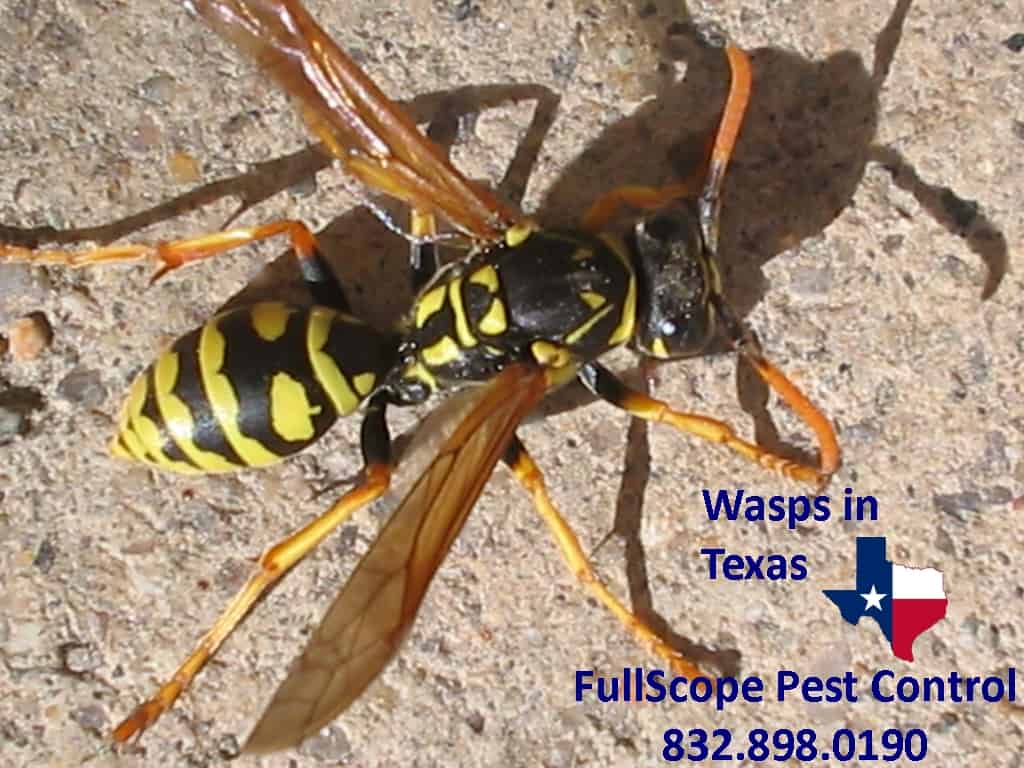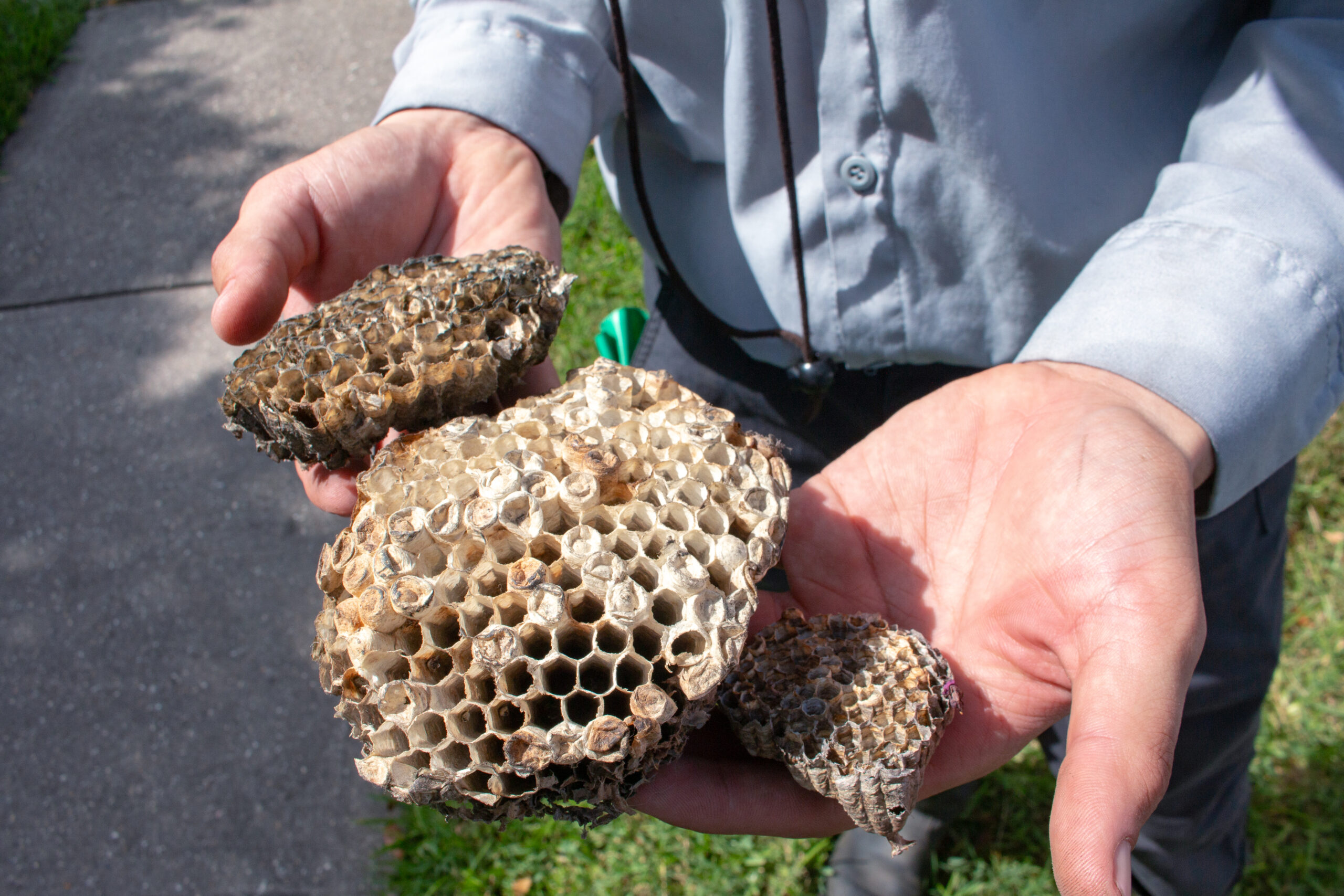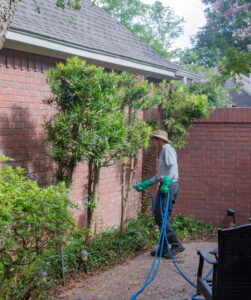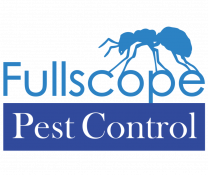There are many types of wasps and other stinging insects throughout Texas. Believe it or not, stinging insects, including wasps, are considered beneficial to the ecosystem, either through pollination and/or by eliminating other bothersome pests. “Social wasps” (i.e., Paper wasps, yellowjackets, hornets, etc.) are also considered predatory species which hunt down and feed on various species of nuisance insects as part of their diets. But that doesn’t mean you want lots of them around.
Wasps that are known to live in Southeast Texas include: Paper wasps, yellowjackets, and hornets.
Paper Wasps
Paper wasps are brown to black in color with yellow/orange markings and grey wings. They have very narrow waists, with long, thin legs. A Paper wasp nest will usually house between 75 to 100 wasps at most, including their queen. These wasps can get aggressive if they feel threatened. Their nests are often found underneath the eaves of roofs, up in the corners of covered patios, or in garages.
Yellowjackets
Yellow jackets are considered among the most aggressive of wasp species, if not THE most aggressive. Yellowjackets are black and yellow, with patterned striping and segmented, narrow bodies (but not quite as narrow as Paper wasps). More often than not, yellowjackets nest in the ground or on low hanging bushes, or even in tree hollows. They can have from 1,000 to 5,000 occupants in one of their nests. A yellowjacket “supernest” was discovered once, containing more than 100,000 stinging insects!
Hornets
Baldfaced hornets are the only “hornets” found in Texas, though this particular wasp is in reality a type of yellowjacket. They are black and more white in color, and build high-hanging nests constructed with chewed wood fiber and with an entrance around the bottom. Baldfaced hornet nests can be up to three feet in length. These wasps are not quite as aggressive as other wasp species, but will sting if provoked.
Mud Daubers
Mud daubers typically measure between 3/4″ and a full inch long, and vary in color, but are mostly all dark brown or black. Sometimes Mud daubers have yellow markings, or even a shiny bluish-black color. They are very narrow and spindly looking, but not very aggressive. Unless they’re provoked. Mud daubers are NOT social wasps, and are loners. Each nest is built for one Mud dauber and its young, and the nests are actually built out of mud. Nests are usually found in quiet, out-of-the-way areas.
Other wasps commonly encountered in Texas include Mexican Honey wasps and Cicada killers.
Must Read:10 FACTS ABOUT SPIDERS IN YOUR HUMBLE, TX HOME
Are Wasps Dangerous?
Wasps, especially social wasps, are known to inflict multiple painful stings if they feel threatened, even if it’s by accident. They are instinctively territorial and protective of their nests and queen. Most of the time, they won’t even notice your existence.
For those who are allergic to wasp stings, severe allergic reactions can prove fatal. Medical attention should be sought immediately in the case of someone allergic being stung.
Wasps are just part of life in Texas, no matter what preventive steps you take. You can definitely help conditions to reduce wasp numbers in your yard, but do you want to spend all your free time taking care of wasp problems? If you are overwhelmed by a wasp problem, spending too much time managing them, or even for preventive maintenance contact our Texas pest control experts today! You and your family should be enjoying the quiet of a yard free of wasps.
Call Us Today! 832.898.0190
Error: Contact form not found.






